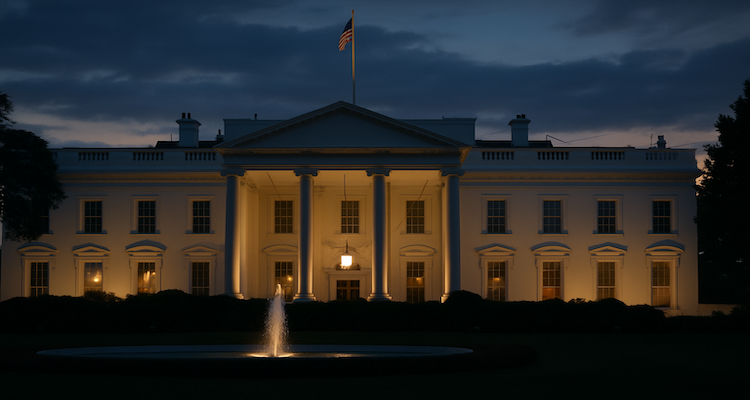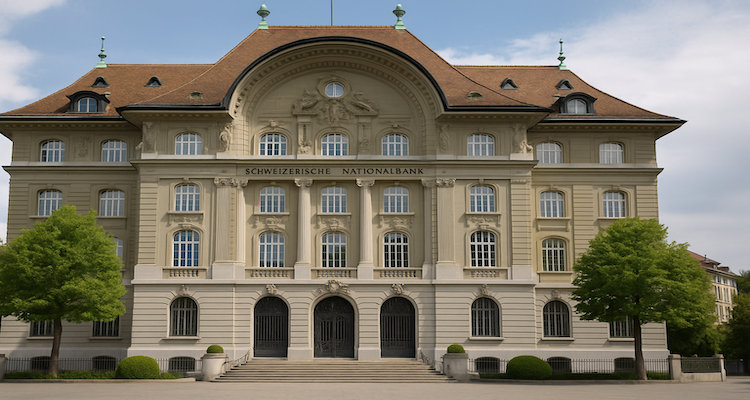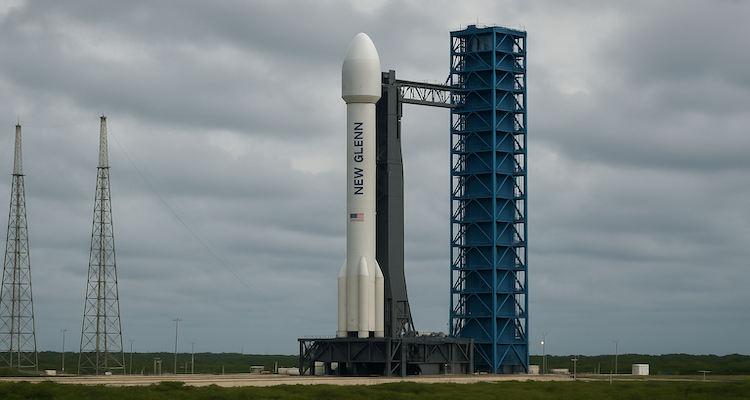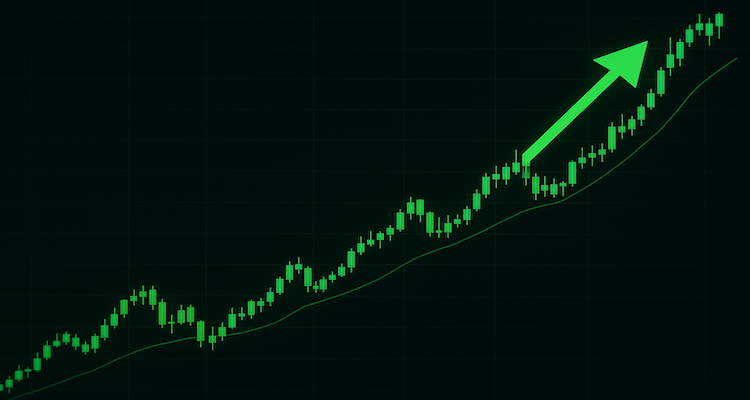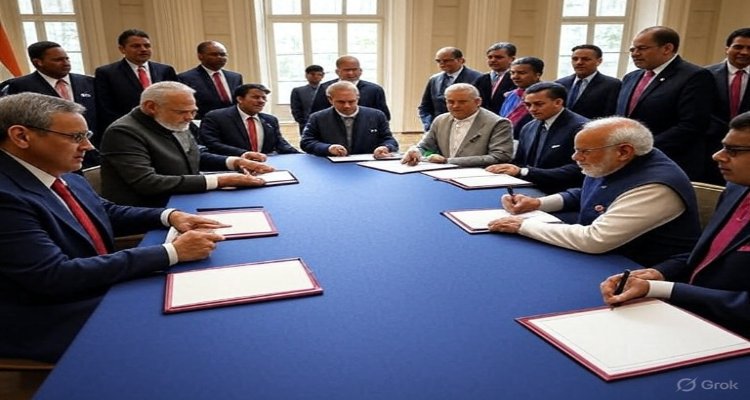India, EFTA Trade Pact to Come Into Force from October 1
India’s landmark trade pact with EFTA nations—Switzerland, Norway, Iceland, and Liechtenstein—comes into effect October 1, unlocking $100 billion investment and expanded market access.
A New Era in India–Europe Trade Relations
India’s trade diplomacy is set to cross a historic milestone on October 1, 2025, as the Trade and Economic Partnership Agreement (TEPA) with the European Free Trade Association (EFTA) officially comes into force. Announced by Union Commerce and Industry Minister Piyush Goyal, the pact is being hailed as a game-changer that promises a surge in foreign investment, greater market access for Indian exports, and a long-term boost to domestic manufacturing under the government’s “Make in India” and “Atmanirbhar Bharat” initiatives.
Context & Background
The TEPA was signed on March 10, 2024, marking India’s first comprehensive free trade agreement with a major European bloc outside the European Union. The EFTA, which comprises Switzerland, Norway, Iceland, and Liechtenstein, represents advanced economies with significant global influence in sectors like pharmaceuticals, banking, renewable energy, fisheries, and precision engineering.
Historically, India’s trade with EFTA nations has been limited compared to its exchanges with the EU. For instance, in 2022–23, India’s exports to EFTA countries stood at just $1.67 billion, while imports—dominated by high-value goods like gold and machinery—touched $15 billion. The trade pact seeks to address this imbalance by opening new channels for investment and reducing tariff barriers.
What the Agreement Offers
The India–EFTA TEPA is designed as a modern, ambitious trade deal with far-reaching benefits:
- Investment Commitment: EFTA has pledged to invest $100 billion in India over 15 years, creating millions of jobs and strengthening India’s manufacturing base.
- Market Access for Indian Exports: EFTA is offering 92.2% of its tariff lines, covering 99.6% of India’s exports. This means Indian goods—from IT services to processed food products—will face fewer barriers in European markets.
- Indian Tariff Offers: India will open 82.7% of its tariff lines, covering 95.3% of EFTA’s exports, giving consumers access to Swiss watches, chocolates, cut and polished diamonds, and high-quality machinery at competitive prices.
- Boost to Services Sector: Key service areas like IT, business consulting, cultural and recreational services, and education will gain expanded access to EFTA markets through digital delivery and eased mobility provisions.
- Technology Collaboration: TEPA paves the way for collaboration in renewable energy, precision engineering, pharmaceuticals, and R&D, sectors where EFTA states are global leaders.
Expert Insight & Reactions
Trade experts see TEPA as a “strategic win” for both sides.
“This pact is not just about tariff reduction—it’s about strategic economic alignment. EFTA’s commitment to invest in India is unprecedented and signals confidence in India’s growth story,” said Dr. Meera Kulkarni, a trade policy analyst at the Indian Council for Research on International Economic Relations (ICRIER).
For Indian businesses, the agreement offers significant opportunities. SMEs in pharmaceuticals, food processing, and textiles can now tap into niche European markets, while India’s IT and services industry stands to gain from improved digital delivery frameworks.
On the consumer side, Indians can expect access to premium goods at lower costs—Swiss chocolates, Norwegian seafood, and precision machinery being notable examples.
Why This Matters
The TEPA is more than a trade pact—it is a strategic partnership. Here’s why it matters:
- Investment for Growth: The $100 billion inflow can transform India’s industrial landscape, especially in infrastructure, logistics, and manufacturing.
- Employment Generation: With job creation built into the agreement, India’s young workforce will benefit from new roles in tech, engineering, and vocational training.
- Geopolitical Significance: As India continues talks with the US, EU, New Zealand, Oman, Peru, and Chile, and explores interest from Qatar and Bahrain, TEPA strengthens India’s credibility as a global trade partner.
- Balancing Trade Deficits: By opening European markets for Indian goods and services, the pact may help reduce India’s historical trade deficit with EFTA.
Understanding EFTA
The European Free Trade Association was established in 1960 to promote free trade among non-EU countries. While its membership has evolved, today it consists of Switzerland, Norway, Iceland, and Liechtenstein.
- Switzerland: A powerhouse in pharmaceuticals, banking, and precision engineering.
- Norway: Strong in oil, gas, fisheries, and maritime services.
- Iceland: Known for fisheries, renewable energy, and a diversifying service economy.
- Liechtenstein: Highly industrialized, specializing in R&D-driven technology products.
EFTA is currently the EU’s third-largest trading partner in merchandise and second in services, with preferential trade agreements spanning 40 countries worldwide.
Looking Ahead
As TEPA takes effect, both governments and businesses will monitor its rollout closely. Implementation will involve ensuring smooth customs procedures, expanding vocational training, and facilitating technology transfer.
For India, the pact is more than economics—it is about future readiness. With a young workforce, growing industrial base, and rising global stature, TEPA may well become a model for India’s future trade agreements with advanced economies.
Conclusion
The India–EFTA Trade and Economic Partnership Agreement marks the beginning of a deeper, mutually beneficial relationship between New Delhi and some of Europe’s most advanced economies. As it comes into force on October 1, 2025, the deal symbolizes not just expanded trade, but a shared commitment to growth, innovation, and global collaboration.
If successful, TEPA could set the stage for India’s broader ambition—to emerge as a trusted trade partner and a manufacturing hub of the 21st century.
Disclaimer This article is for informational purposes only. It does not constitute financial or trade advice. Readers should consult official government releases or trade bodies for policy-specific details.




